#Green roof
Text
"Amsterdam’s roofs have just been converted into a giant sponge that will make the city more climate resilient.
The Dutch have always been famous for their ability to control water, born out of the necessity of their homeland, much of which is below sea level.
Now, their expert water management skills are transforming the city skyline in the capital city of Amsterdam from one of terracotta tile, concrete, and shingles into green grass and brown earth.
It’s part of a new climate-resiliency trend in architecture and civic planning known as the ‘sponge city concept,’ in which a garden of water-loving plants, mosses, and soil absorbs excess rainwater before feeding it into the building for use in flushing toilets or watering plants on the ground.
If heavy rains are predicted, a smart valve system empties the stored rainwater into the municipal storm drains and sewers in advance of the weather, allowing the roof to soak up water and reduce flooding in the city.
In this way, the rooftops of buildings can be wrung out and filled up just like a sponge.
In Amsterdam, 45,000 square meters, or 11 acres of flat metropolitan rooftops have already been fitted with these systems, and the contracting firms behind the technology say they make sense in dry climates like Spain just as much as in wet climates like Amsterdam...
A 4-year project of different firms and organizations called Resilio, the resilient network for smart climate adaptive rooftops, rolled out thousands of square meters of sponge city technology into new buildings. As with many climate technologies, the costs are high upfront but tend to result in savings from several expenditures like water utilities and water damage, over a long-enough time horizon...
All together, Amsterdam’s sponge capacity is over 120,000 gallons.
“We think the concept is applicable to many urban areas around the world,” Kasper Spaan from Waternet, Amsterdam’s public water management organization, told Wired Magazine. “In the south of Europe–Italy and Spain–where there are really drought-stressed areas, there’s new attention for rainwater catchment.”
Indeed the sponge city concept comes into a different shade when installed in drought-prone regions. Waters absorbed by rooftops during heavy rains can be used for municipal purposes to reduce pressure on underground aquifers or rivers, or be sweated out under the Sun’s rays which cools the interior of the building naturally.
Additionally, if solar panels were added on top of the rooftop garden, the evaporation would keep the panels cooler, which has been shown in other projects to improve their energy generation.
“Our philosophy in the end is not that on every roof, everything is possible,” says Spaan, “but that on every roof, something is possible.”
Matt Simon, reporting on the Resilio project for Wired, said succinctly that perhaps science fiction authors have missed the mark when it came to envisioning the city of the future, and that rather than being a glittering metropolis of glass, metal, and marble as smooth as a pannacotta, it will look an awful lot more like an enormous sculpture garden."
-via Good News Network, May 15, 2024
#amsterdam#netherlands#green roof#blue roof#city planning#urban#urban landscape#flood#climate change#climate action#climate emergency#climate hope#solarpunk#hope posting#go green#eco friendly#climate adaptation#sponge city#urban planning#good news#hope#rooftop garden
2K notes
·
View notes
Text







Library in the Earth, Kisarazu, Japan - Hiroshi Nakamura
#Hiroshi Nakamura#architecture#design#building#modern architecture#interiors#minimal#modern#cool architecture#cool design#beautiful architecture#beautiful buildings#amazing places#amazing design#elegant#mysterious#hidden#magical#subterranean#earth#mound#trees#nature#green roof#grass#library#light and shadow#bookshelves#japan#japanese architecture
243 notes
·
View notes
Text
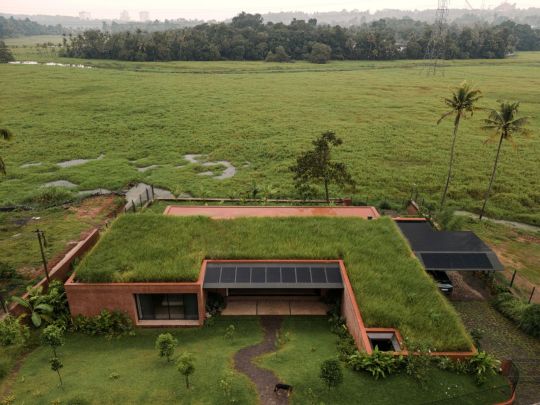
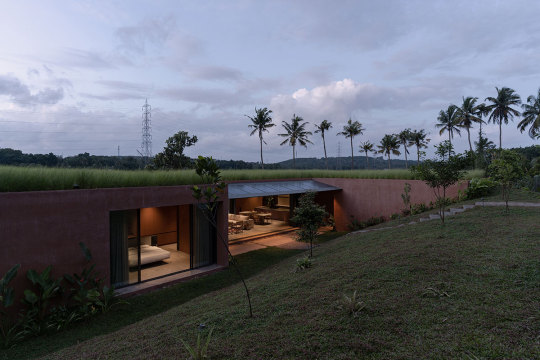
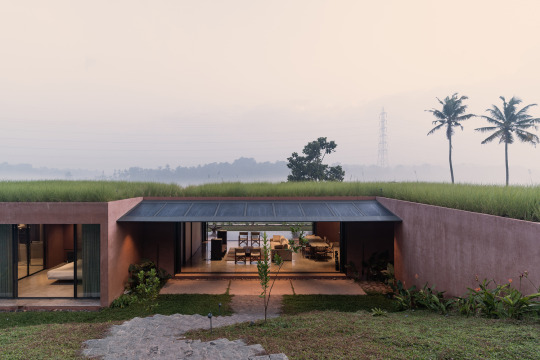
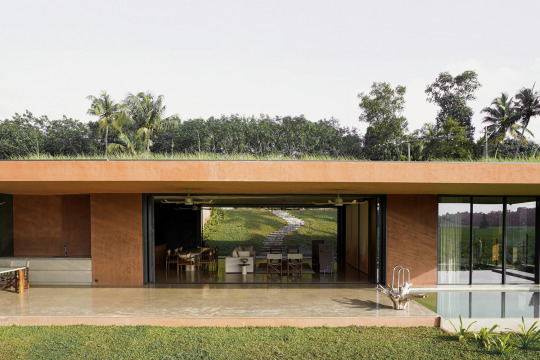
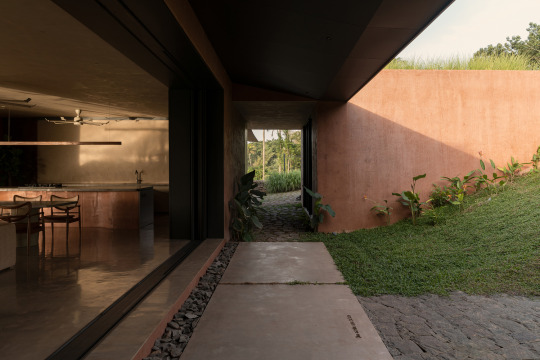
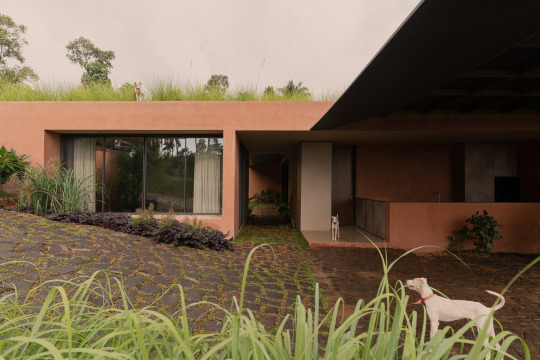

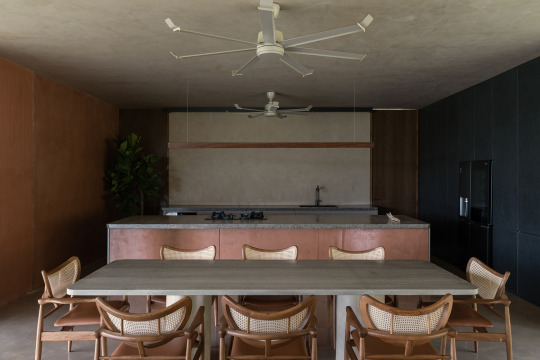
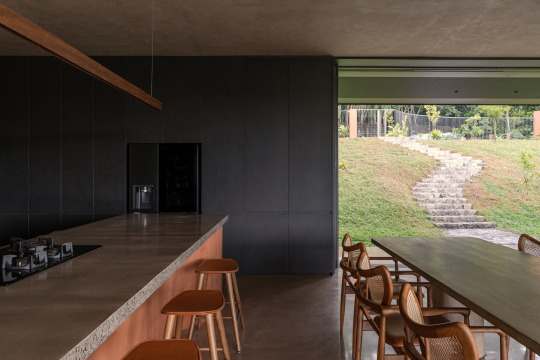
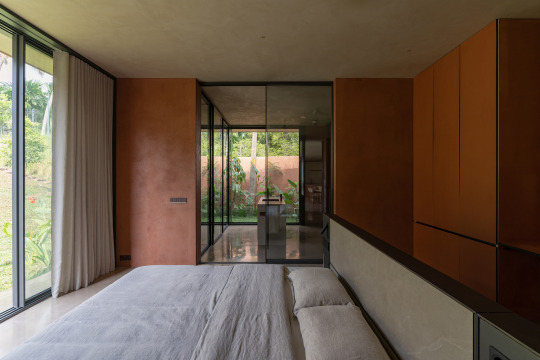

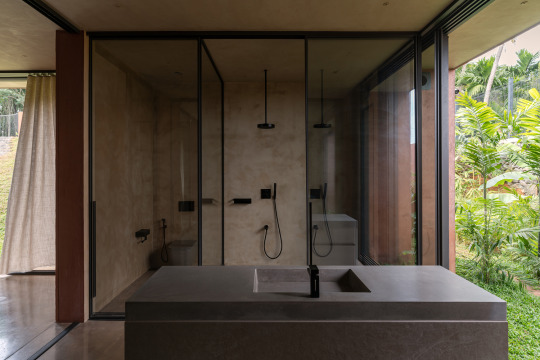
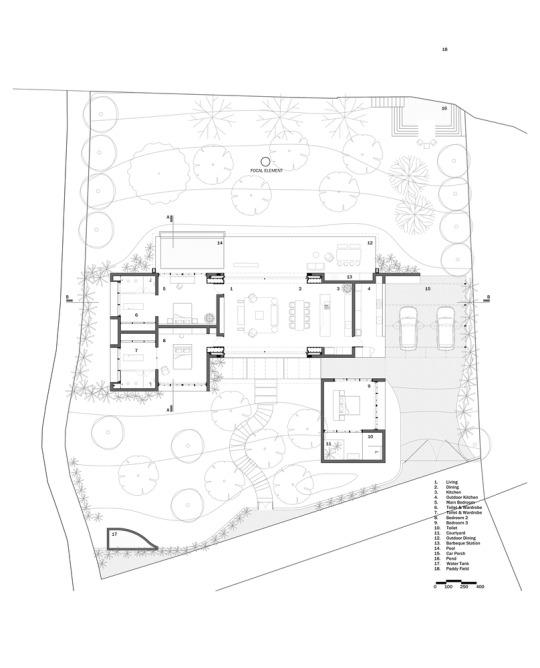
Alarine Earth Home, Koshi, India,
Zarine Jamshedji Architects Conceived in collaboration with builder Cornelis Alan Beuke
Photo Credit: Syam Sreesylam
#art#design#architecture#interior design#interiors#minimalism#earth home#india#koshi#alarine#zarine jamshedji#cornelis alan beuke#solar energy#sustainability#grassland#holistic#green roof
852 notes
·
View notes
Text


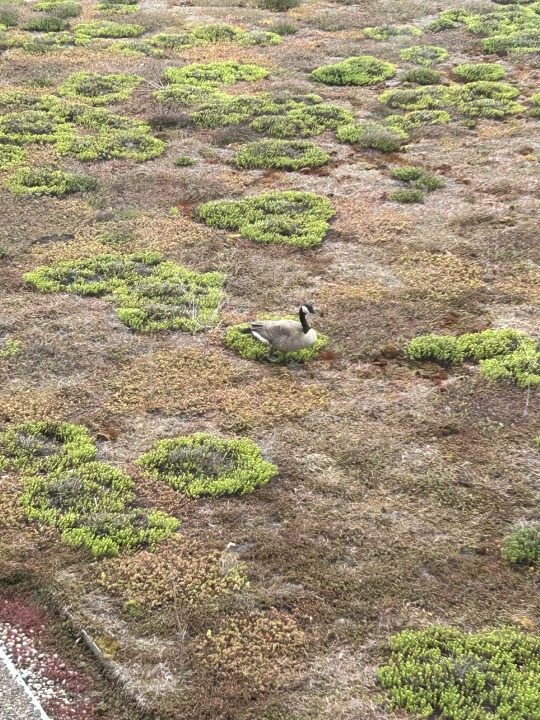


A Goose Family Feathursday
Mildred and Horace Start a Family!!
Every spring for the past few years a mating pair of Canada Geese take up residence on the green roof outside our window for a couple of weeks. We've named them Horace and Mildred, and we did a post about them in 2021. We wondered if they would ever establish a nest in the roof's sedum, but they just hang out for a few weeks and then depart. This year they finally decided that our roof was suitable to start a family and about 20 days ago Mildred set up housekeeping with a downy nest and six eggs near one of the vents on the roof. We are all very excited here in Special Collections, and we maintain daily goose alerts!
Mildred will incubate her brood for about 30 days, rarely leaving the nest. She is a very devoted mother. Horace on the other hand is usually gone during the day, so we rarely see him. Canada Geese are monogamous and mate for life, so we don't think he's cheating on Mildred, but we all thought he would be more present as the male usually hangs about to help guard the nest, but apparently he has other ideas.
We should see some hatchlings in about ten days or so, and we'll bring you an update then. While we are interested in seeing the couple nest on our roof, we also have concerns. There is no water, and the goslings will be susceptible to falling off the roof and becoming prey to raptors and other avian predators, especially the peregrine falcons that raise their own families on the nearby roofs of our campus's tallest buildings. Nature will have its way, but we do hope that Mildred and Horace have strategies for keeping their family safe.
Stay tuned!
View more Feathursday posts.
272 notes
·
View notes
Text













Casa GAK, Porto Feliz, Sao Paulo, Brazil,
Bernardes Arquitetura
Photo: Fernando Guerra
#art#design#architecture#interiors#interiordesign#luxury house#luxury home#porto feliz#sao paulo#brasil#green roof#sustainability#bernardes arquitetura#fernando guerra#eco friendly
101 notes
·
View notes
Text






high park ~ ian macdonald architect | photo credit: tom arban
#architecture#houses#interiors#interor design#contemporary#columns#layering#kitchens#canada#living#green roof#shed
177 notes
·
View notes
Text

Asbury Park, NJ.
ISO 100 | 300mm | f/6.3 | 1/1000 sec
Photo © 2024 Brian R. Fitzgerald (www.brfphoto.com)
#brfphoto#photography#photographers on tumblr#original photography#lensblr#luxlit#biutifulpics#imiging#clubimiging#telescopical#gray-card#galeriedesartsvisuels#originalphotographers#asbury park#new jersey#nj#roof#green roof
10 notes
·
View notes
Text
So I’m driving to work and it’s 101*F and I’m viciously daydreaming about every goddamn flat-roofed building in the city having a functioning green roof, keeping the buildings a little cooler and allowing bugs and birds to live all over the city. Every parking lot has elevated solar panels, making electricity while shading cars and pedestrians. I want it I want it I want it!!
#climate action#solar punk#a girl can dream#if I’d won the power ball this is something I would’ve done#just given people money to cover the city in green roofs#green roof#climate change
42 notes
·
View notes
Text



Hill House
#green roof#hill house#architecture#garden#outdoors#outdoor#concept#earthhome#earth house#green living
56 notes
·
View notes
Text
"As solar panels heat up beyond 25°C, their efficiency decreases markedly. Green roofs moderate rooftop temperatures. So we wanted to find out: could green roofs help with the problem of heat reducing the output of solar panels?
Our research compared a “biosolar” green roof — one that combines a solar system with a green roof — and a comparable conventional roof with an equivalent solar system. We measured the impacts on biodiversity and solar output, as well as how the plants coped with having panels installed above them.
The green roof supported much more biodiversity, as one might expect. By reducing average maximum temperatures by about 8°C, it increased solar generation by as much as 107% during peak periods. And while some plant species outperformed others, the vegetation flourished.
These results show we don’t have to choose between a green roof or a solar roof: we can combine the two and reap double the rewards...
How did the panels affect the plants?
In the open areas, we observed minimal changes in the vegetation cover over the study period compared to the initial planted community.
Plant growth was fastest and healthiest in the areas immediately around the solar panels. Several species doubled in coverage. We selected fast-growing vegetation for this section to achieve full coverage of the green roof beds as soon as possible.
The vegetation changed the most in the areas directly below and surrounding the solar panels. The Baby Sun Rose, Aptenia cordifolia, emerged as the dominant plant. It occupied most of the space beneath and surrounding the solar panels, despite having been planted in relatively low densities.
This was surprising: it was not expected the plants would prefer the shaded areas under the panels to the open areas. This shows that shading by solar panels will not prevent the growth of full and healthy roof gardens.

What were the biodiversity impacts?
We used environmental DNA (eDNA) surveys to compare biodiversity on the green roof and conventional roof. Water run-off samples were collected from both roofs and processed on site using portable citizen scientist eDNA sampling equipment to detect traces of DNA shed by the species on the roof.
The eDNA surveys detected a diverse range of species. These included some species (such as algae and fungi) that are not easily detected using other survey methods. The results confirmed the presence of bird species recorded by the cameras but also showed other visiting bird species went undetected by the cameras.
Overall, the green roof supported four times as many species of birds, over seven times as many arthropods such as insects, spiders and millipedes, and twice as many snail and slug species as the conventional roof. There was many times the diversity of microorganisms such as algae and fungi.
Encouragingly, the green roof attracted species unexpected in the city. They included blue-banded bees (Amegilla cingulata) and metallic shield bugs (Scutiphora pedicellata).
How did the green roof alter temperatures?
The green roof reduced surface temperatures by up to 9.63°C for the solar panels and 6.93°C for the roof surfaces. An 8°C reduction in average peak temperature on the green roof would result in substantial heating and cooling energy savings inside the building.
This lowering of temperatures increased the maximum output of the solar panels by 21-107%, depending on the month. Performance modelling indicates an extensive green roof in central Sydney can, on average, produce 4.5% more electricity at any given light level.
These results show we don’t have to choose between a green roof or a solar roof. We can combine them to take advantage of the many benefits of biosolar green roofs.
Biosolar roofs can help get cities to net zero
The next step is to design green roofs and their plantings specifically to enhance biodiversity. Green roofs and other green infrastructure may alter urban wildlife’s activities and could eventually attract non-urban species.
Our green roof also decreased stormwater runoff, removed a range of run-off pollutants and insulated the building from extremes of temperature. A relatively inexpensive system provides all of these services with moderate maintenance and, best of all, zero energy inputs.
Clearly, biosolar green roofs could make major contributions to net-zero cities. And all that’s needed is space that currently has no other use."
-via GoodGoodGood, May 12, 2024
#green#green roof#biosolar#solar power#solar panels#rooftop solar#solarpunk#native plants#australia#sydney australia#biodiversity#conservation#climate change#climate action#climate hope#global warming#temperature#climate adaptation#cooling#good news#hope
2K notes
·
View notes
Text

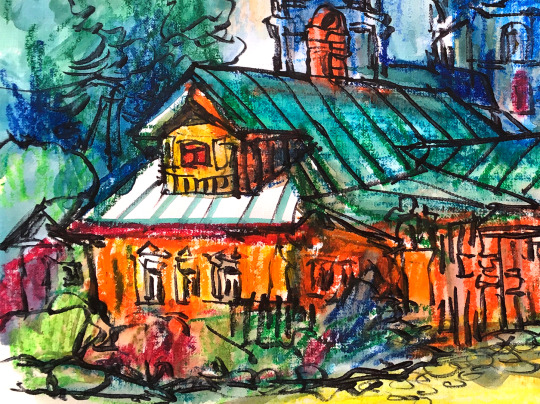
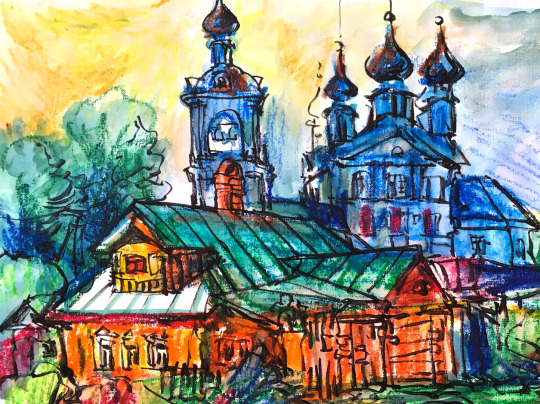

Freehand architectural study on A3 size. Been (quite a long!) while since I've used a format this large, so this has truly been a liberating experience🎐 On another note, how could it not be one given the media used: black marker and the dilutable oil pastels that deliver this raw, varying texture to the coloured surfaces. Hence the close-ups for the more texture fancy🦄
#architecture#oil pastels#orthodox church#temple architecture#colourful#freehand#mixed media#red#blue#cheerful#green roof
8 notes
·
View notes
Text
GOOSE WATCH 2024
It's been a busy day in the goosey world of our green roof! This morning, mama goose (aka Mildred) was off the nest hanging out with papa goose (aka Horace) near the solar panels. I assume she was getting a little snack and gathering energy to keep sitting on those eggs!

Later, in the early afternoon, SPL Graduate Intern Jenna got this video of Mildred checking on her eggs and then settling back down on her nest to keep them warm. There are at least seven eggs, which is one more than we initially thought! If I'm correct, we're on week four of egg incubation so we're expecting baby geese pretty soon! We can't wait to see those little goslings toddling around the roof! Exclamation point!
Stay tuned for more breaking goose news and read our first post about this year's geese here.
-- Alice, Special Collections Department Manager
#Canada Geese#Geese#goose nest#goose news#Special Collections geese#Green Roof#goose watch 2024#Horace & Mildred#sedum#goose#Canada Goose
93 notes
·
View notes
Text
Dream Home - Part 2
Today I want to continue the description of the ideal home my partner and I envision. I copy here again what I said about it in the first part of this post, here.
In that first part, I shared with you our idea for the home itself, while today I am going to speak about its sustainability, a topic that deeply resonates with us.
Photo by Emre Can Acer on Pexels.com
Part 1 – The House
Here is a…

View On WordPress
#Architecture#bamboo#Bow window#carbon footprint#carpet#cob#compost#dailyprompt#dailyprompt-1845#dailyprompt-2049#Dream Home#Energy-efficient appliances#green roof#home#insulation#Kirman#LED#LED lighting#Mahogany#Nain#natural materials#natural stone#permaculture#Persian Carpets#Raffaello Palandri#rammed earth#reclaimed wood#recycled steel#Sustainability#Tabriz
2 notes
·
View notes
Text

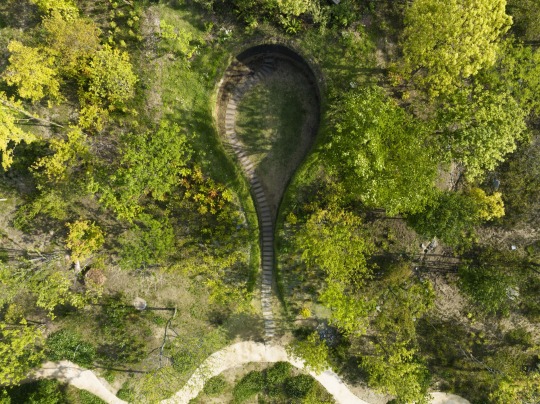

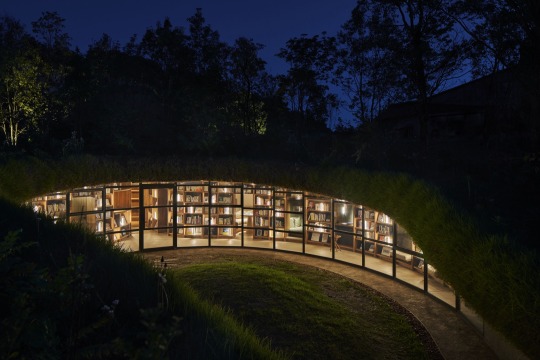



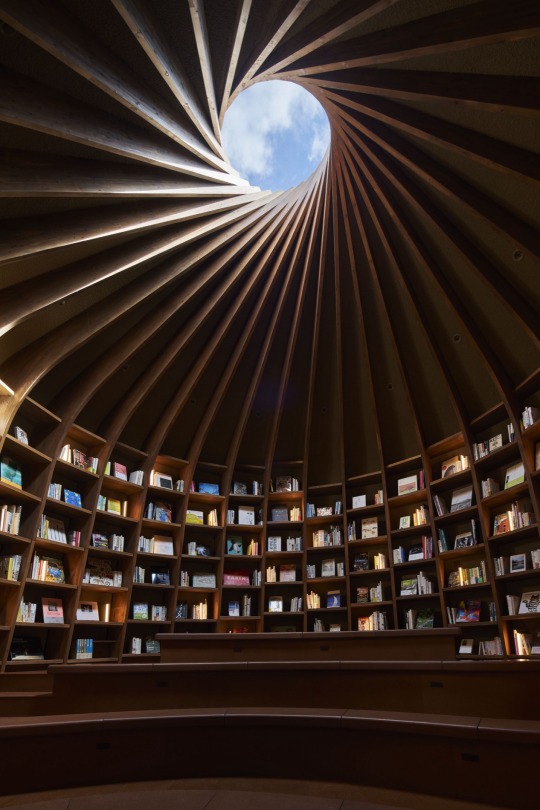


Library of the Earth by Hiroshi Nakamura & NAP
7 notes
·
View notes
Text
New idea based on the Green Acres theme song. I call it Rooftop Farms.

Man wants that cottagecore life
Woman wants to stay in the city
You know the jist
Instead of getting sexist as fuck, they compromise like adults
"Why don't you see if the city will give you a permit to build your own farm?"
There is only one available and it's for the roof of the apartment they live in
The catch is Literally Anything can go on that roof, no matter how heavy (sitcom logic)
Every episode is about some kind of haywire misadventure involving a new machine/animal
Husband and wife argue, then work together to fix it
Wife eventually gets used to the smell of cow shit on the roof. Oddly, it makes her think of her husband.
Husband enjoys his little economically sustainable farm land, and the view of the city his wife loves
Neighbors include a grumpy Squidward-esque guy who constantly gets roped into shenanigans
50% absurdity, 50% the healiest relationship in sitcoms, 0% sexism
#tw sexism mention#green acres#not really an#au#but a remaster#green roof#rooftop farms#sitcom#sorry this is formatted like a 4chan greenpost#*YOU ARE MY WIFE* always bugged me#like you can steal this idea#make it gay#make an au#just credit me
15 notes
·
View notes
Text

#dailydriver#gas#slammed77#trees#barn#big barn#red barn#green roof#green tin#windows#van#car#chevrolet dually#chevy dully#chevy3500hd#chevy3500#chevys#chevy#4x4 dually#single cab dually#dually truck#Chevy van#bmw#bmw sedan#abandon barn#old barn#gmt 800#gmt 800 dually#regcab#reg cab
2 notes
·
View notes